Generally speaking, to achieve results in any sport, you need three things: persistence, perseverance and not skipping training. To be more specific, we are talking about the three pillars of training: technique, volume of training and its intensity, that is, structure. All three elements are connected, but the fundamental one is the correct technique – without it, the hours spent in the pool will be of no use.
The main advantage of swimming is the involvement of almost all the muscles of the body and the active use of the respiratory system. This expends a lot of energy, which is why swimming classes are called one of the most active types of fitness for weight loss. However, in addition to the desire to lose weight, swimming enthusiasts have another goal – to learn how to do it well.
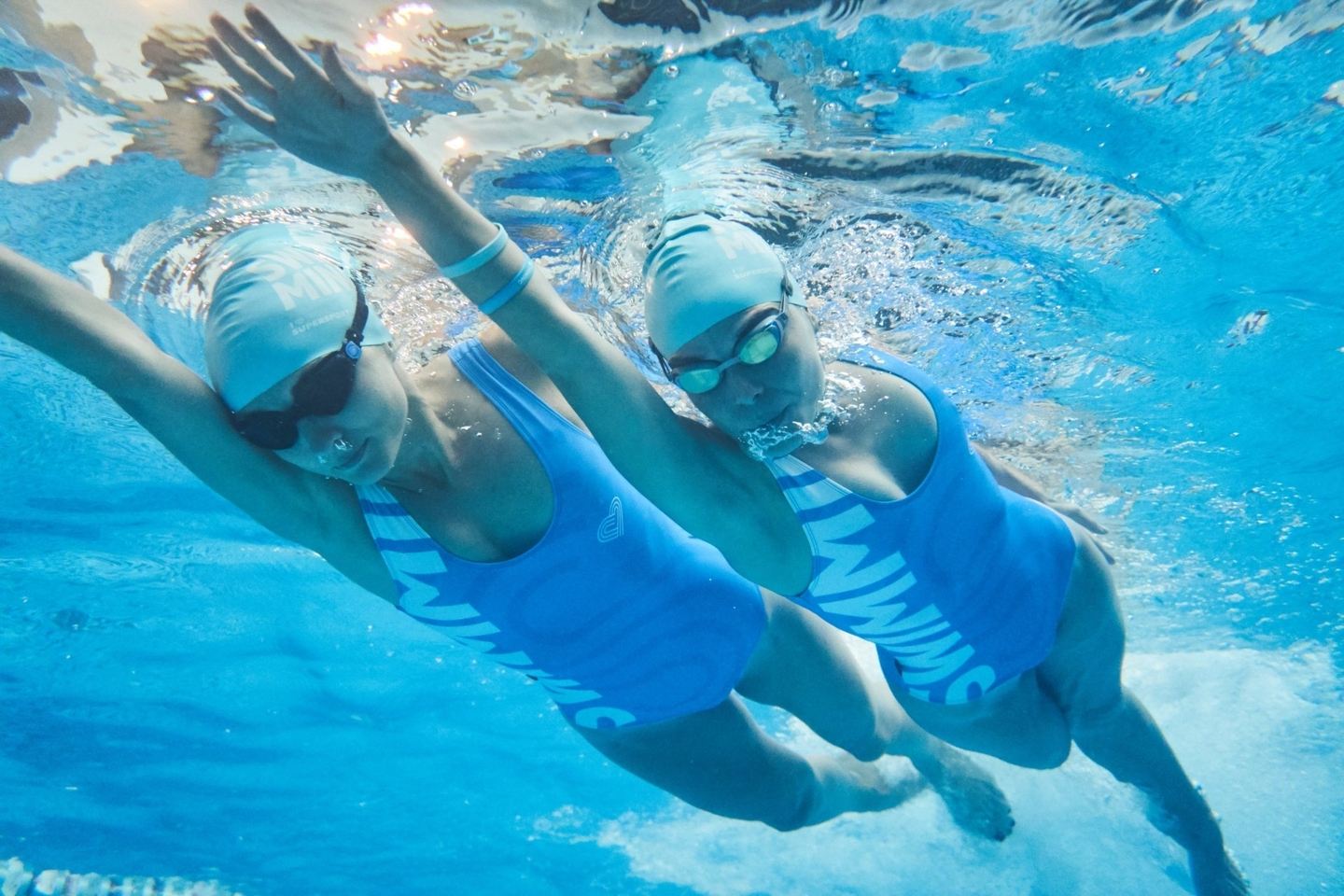
Herein lies the secret of the technique: in the water it is easy to use up all your energy and not get results that you can be proud of. Many people face this problem, lose motivation and eventually give up swimming because they cannot see any tangible results.
A matter of technique
Mistakes in swimming technique will become the factor that reduces not only the speed of movement in and under water, but also limits the ability to cover long distances. It is important to understand that only the correct work of the limbs, the correct position of the body in the water and the correct breathing will contribute to the forward thrusts. Mistakes lead to “floundering in place”, when you try to simply stay afloat and fight the water in order not to drown.
There are three ways to learn this technique: complex, long and fast. The first is the least effective – theoretical. You can read articles and books about swimming, or watch others swim. If this method suits you, get to work and make sure you understand what is written correctly. It is a little easier to learn from training courses: from videos or online swimming schools.
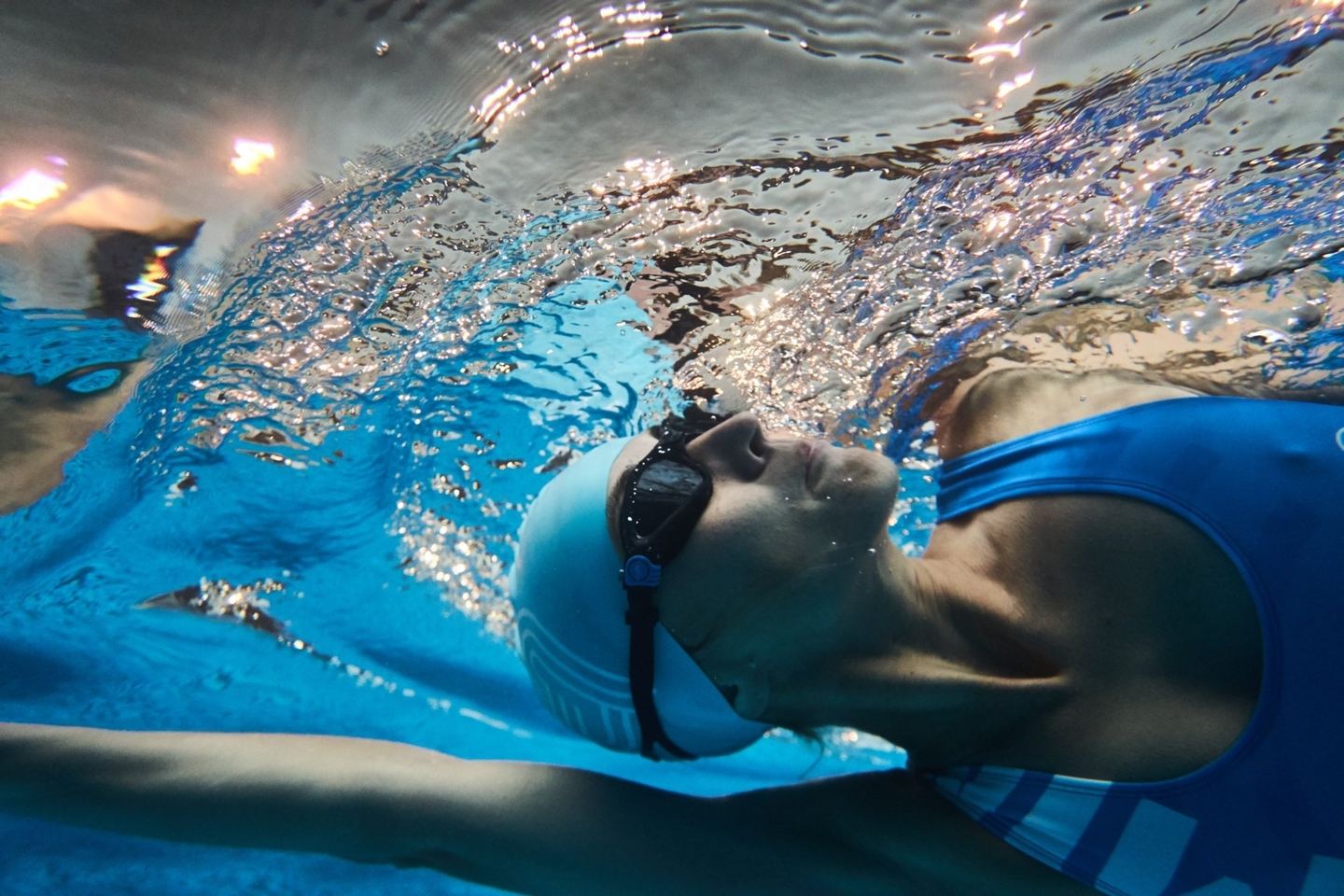
Of course, the fastest way to master the technique is to train under the supervision of a professional trainer. It is effective, but usually expensive, and there may simply not be a trainer at the nearest pool. But the results of personal training will come quite quickly – a professional will notice and correct all the mistakes. One of the training options is group training, as a rule, they are cheaper.
A good option would be to enroll in a swimming school like Moscow’s I Love Swimming or T.E.M.P. – these are both group and individual lessons with special control over technique and general development of amateur athletes.
In addition to motivation, the coaches of these schools will give you all the technical knowledge about two important things: the forward movement of the arm and the stroke. These are the basic elements of swimming, on which the entire technique of movement in the water for any style is built, and, of course, it is they that ultimately affect the speed. If you do not master these nuances, you will have to work hard with your legs and spend all your energy on the push, losing strength over any significant distance.
How much to train?
Volume is an equally important part of developing your ability to swim long distances and develop as a swimmer. In fact, you will not need to spend every day in the pool, especially as in other types of fitness, the muscles will need rest for their development and recovery. In order to “drive the technique into the muscles”, select 2-3 days a week in which you can consistently work out.
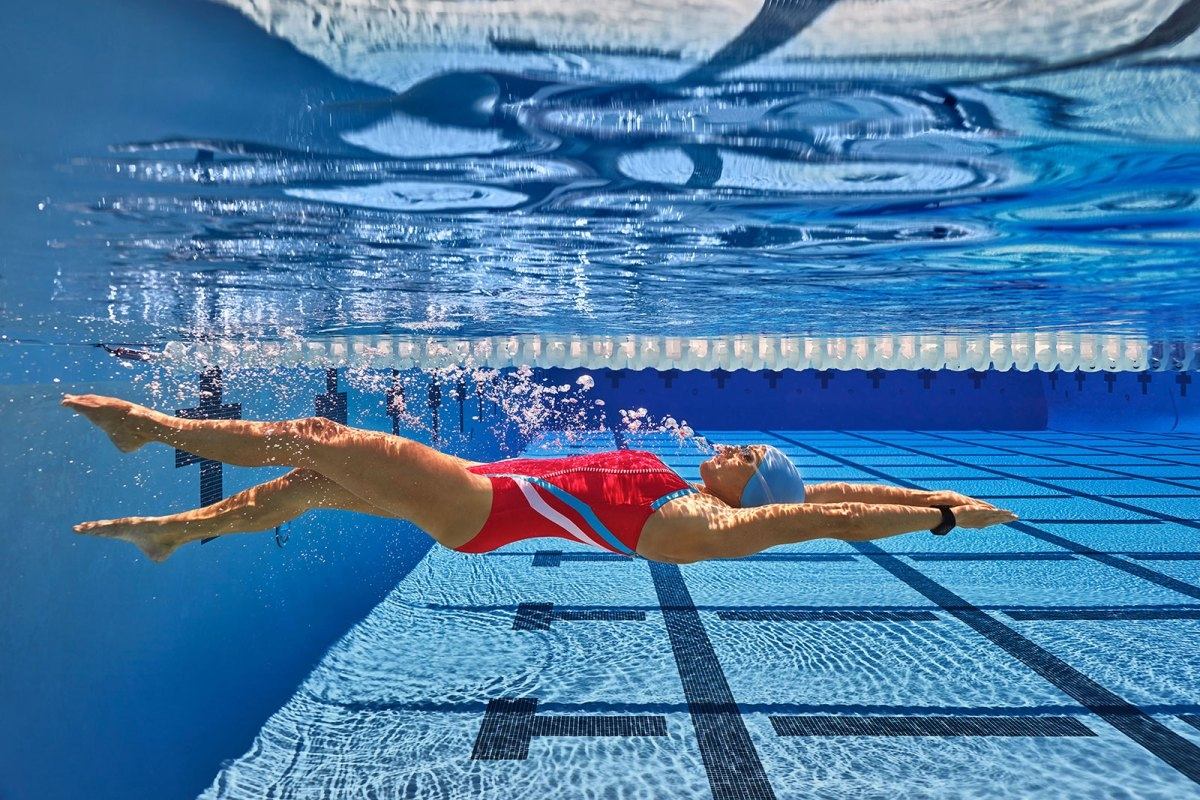
There is no ideal number of classes, and there can’t be, everything depends on your goals and capabilities. If you manage to swim 4-5 times a week, the results will come faster, but in this case you will need to take care of sufficient rest and not burden the body with serious training in the gym on the remaining days.
Remember that cats can swim too, but to do it effectively and healthily, you will need to learn the technique and follow the well-known rules. For example, nutrition and drinking: you will need proteins for muscle growth, enough carbohydrates and a lot of water – in the pool, moisture loss is unnoticeable, so always keep a bottle on the side, perhaps with isotonic.
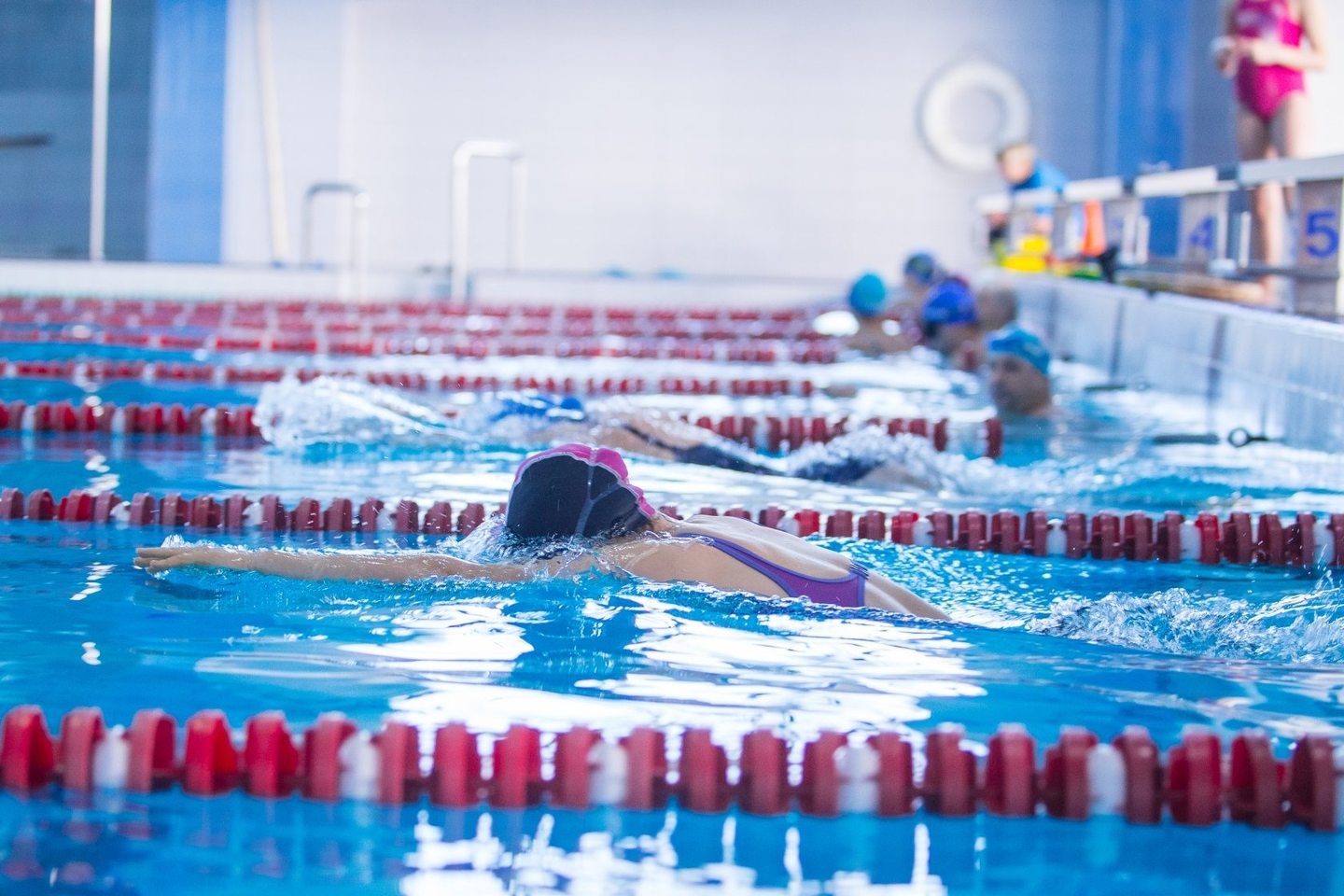
Beginners usually need more training, with experience you can devote time only to honing the technique. The result usually comes after several months of training, so you can count on noticeable progress after 4-5 months of training under the supervision of an instructor. You can swim your first kilometer in just a couple of months – this is evidenced by hundreds of graduates of amateur swimming schools.
Intensity of classes
Some people think that training in the pool differs from any other training in its structure. That is, they think that the process is as follows: come, change clothes, put on a cap and goggles, and swim until the time is up. Meanwhile, here there is also a warm-up, a cool-down, sets and repetitions with rest between approaches. Trainers also make plans, and one training session per week or week differs from others.
As a rule, a warm-up is the same as warming up the muscles, only it happens in the water. You just swim 100 meters at a low pace, it takes the same 10-20 minutes as in the gym. There is no need to work on a specific muscle group here – just swim at a comfortable pace. About the same amount of time is spent practicing basic movements and pushes, the rest of the time is sets with approaches of 100-200 m and rest between them up to 30 seconds. At the end of each workout, 5-10 minutes should be spent on a cool-down – swimming at a very low pace and stretching “on the shore”.
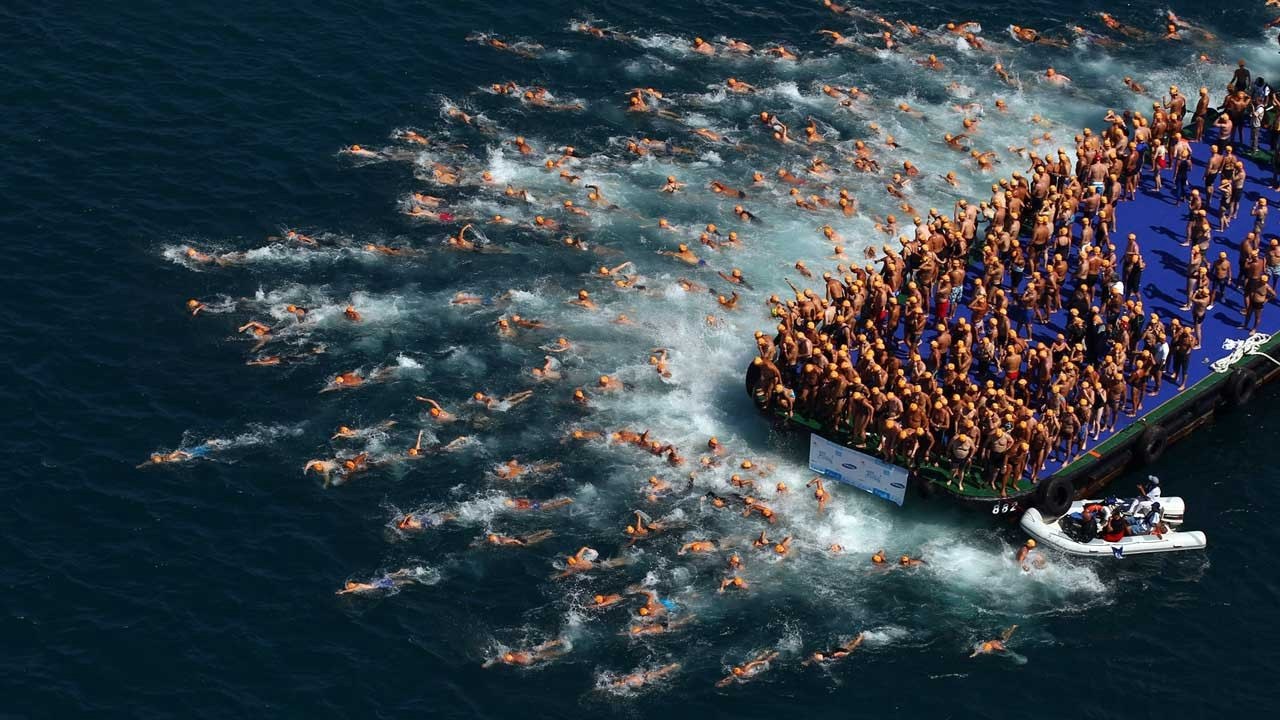
It is important to always remember that you are not just coming to the pool to swim, you have a goal – to increase the speed of the lane. Therefore, a serious approach to the sets is needed. Some will be aimed at endurance over long distances, others – sprint intervals for the ability to accelerate.



